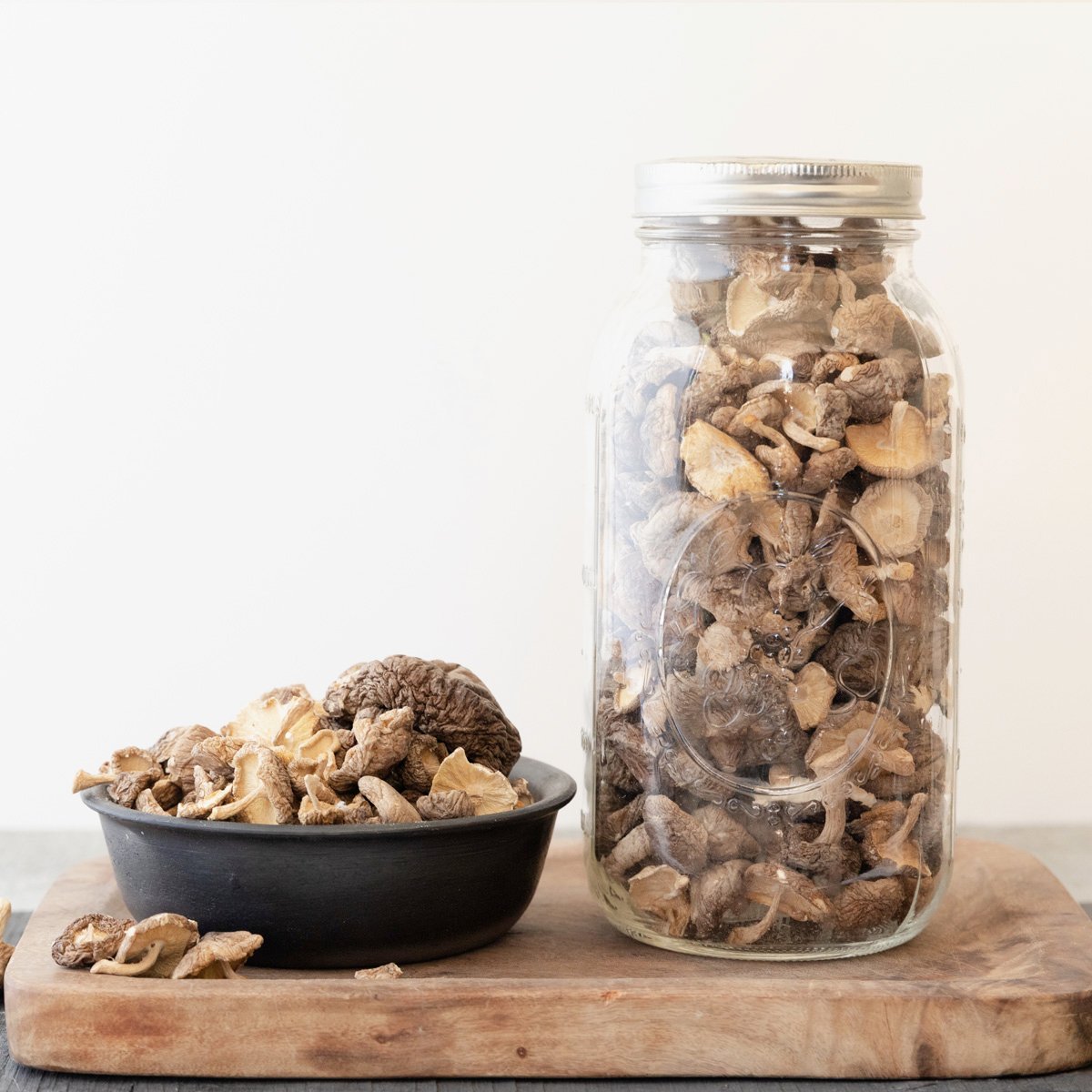

Articles
How To Store Dried Shiitake Mushrooms
Modified: February 23, 2024
Learn the best methods to store dried shiitake mushrooms in this informative article. Preserve the flavor and shelf life of your favorite ingredient!
(Many of the links in this article redirect to a specific reviewed product. Your purchase of these products through affiliate links helps to generate commission for Storables.com, at no extra cost. Learn more)
Introduction
Dried shiitake mushrooms are a versatile and flavorful ingredient that can elevate the taste of various dishes. Aside from their distinct umami flavor, dried shiitake mushrooms also offer several health benefits. Whether you are a seasoned chef or a culinary enthusiast, knowing how to properly store dried shiitake mushrooms is crucial to maintain their quality and maximize their shelf life.
In this article, we will explore the benefits of dried shiitake mushrooms, as well as provide you with tips and techniques for storing them effectively. By following these storage methods, you can ensure that your dried shiitake mushrooms remain fresh, flavorful, and ready to use whenever a recipe calls for them.
Key Takeaways:
- Properly storing dried shiitake mushrooms in airtight containers, vacuum sealing, or freezing can preserve their flavor and nutritional benefits for an extended period, ensuring they are always ready to enhance your culinary creations.
- Rehydrating dried shiitake mushrooms is essential to unlock their full flavor potential, and the resulting soaking liquid can be used as a flavorful base for soups, stews, or sauces, adding depth to your dishes.
Read more: How To Store Shiitake Mushrooms
Benefits of Dried Shiitake Mushrooms
Dried shiitake mushrooms are not only prized for their rich and earthy flavor, but they also offer numerous health benefits. Here are some of the key advantages of incorporating dried shiitake mushrooms into your diet:
- Boosted immune system: Dried shiitake mushrooms are rich in antioxidants and beta-glucans, which help to strengthen the immune system and protect against various diseases.
- Improved cardiovascular health: These mushrooms are a good source of dietary fiber and contain compounds like beta-glucans and sterols, which may help lower cholesterol levels and reduce the risk of heart disease.
- Enhanced digestion: The high fiber content of dried shiitake mushrooms can promote healthy digestion and prevent constipation.
- Regulated blood sugar levels: The presence of alpha-glucans in dried shiitake mushrooms may help regulate blood sugar levels, making it beneficial for individuals with diabetes.
- Nutrient-rich: Dried shiitake mushrooms are packed with essential vitamins and minerals such as vitamin D, vitamin B complex, iron, and zinc, which are vital for maintaining overall health.
- Anti-inflammatory properties: The presence of compounds like ergothioneine and polysaccharides in dried shiitake mushrooms may help reduce inflammation and alleviate symptoms of inflammatory conditions.
- Supports weight management: Due to their low-calorie content and high fiber content, dried shiitake mushrooms can help promote feelings of fullness and aid in weight management.
By incorporating dried shiitake mushrooms into your recipes, you can enjoy their unique flavor while reaping the many health benefits they offer.
Selecting and Preparing Dried Shiitake Mushrooms
When it comes to selecting and preparing dried shiitake mushrooms, there are a few key factors to keep in mind. Follow these guidelines to ensure you choose high-quality mushrooms and properly prepare them for use:
- Quality: Look for dried shiitake mushrooms that are whole, firm, and have an intact cap. Avoid mushrooms with a dull appearance or signs of mold or excessive moisture.
- Size: Dried shiitake mushrooms come in various sizes. Choose the size that best suits your recipe, keeping in mind that smaller mushrooms tend to have a more concentrated flavor.
- Rehydration: Before using dried shiitake mushrooms, you need to rehydrate them. Start by placing the mushrooms in a bowl and covering them with hot water. Allow them to soak for about 20-30 minutes until they become plump and soft.
- Save the soaking liquid: The soaking liquid from the dried shiitake mushrooms is incredibly flavorful and can be used as a base for sauces, soups, and stocks. Strain the liquid and store it in the refrigerator for future use.
- Slicing or dicing: Once the dried shiitake mushrooms are rehydrated, you can slice or dice them according to your recipe’s requirements. Remove the tough stems before slicing and keep in mind that the stems take longer to cook than the caps.
- Discard any tough parts: While preparing the rehydrated mushrooms, it’s essential to remove any tough or chewy parts that may not soften during cooking. This will ensure a pleasant texture in your dishes.
- Usage: Dried shiitake mushrooms can be used in various recipes, including soups, stir-fries, risottos, pasta dishes, and more. Experiment and explore different culinary creations to fully enjoy the unique flavor and texture that dried shiitake mushrooms bring to your dishes.
By selecting high-quality dried shiitake mushrooms and preparing them properly, you can ensure that they contribute their rich, earthy flavor to your recipes in the best possible way.
Storing Dried Shiitake Mushrooms
To maintain the quality and extend the shelf life of dried shiitake mushrooms, proper storage is essential. Here are three recommended methods for storing dried shiitake mushrooms:
- Option 1: Storing in airtight containers: Place the dried shiitake mushrooms in an airtight container, such as a glass jar or airtight plastic bag. Make sure the container is clean and dry before adding the mushrooms. Ensure that there is no moisture present, as it can lead to the growth of mold. Store the container in a cool, dark, and dry place, such as a pantry or cupboard. This method can preserve the mushrooms for several months.
- Option 2: Vacuum sealing dried shiitake mushrooms: If you have a vacuum sealing machine, you can use it to remove excess air from the packaging and prolong the shelf life of dried shiitake mushrooms. Place the mushrooms in a vacuum seal bag and follow the instructions of your machine for sealing. Vacuum-sealed dried shiitake mushrooms can last up to a year or longer when stored in a cool and dark place.
- Option 3: Freezing dried shiitake mushrooms: Freezing dried shiitake mushrooms is another effective method to preserve their quality for an extended period. Place the mushrooms in a freezer-safe container or airtight freezer bag, removing as much air as possible to prevent freezer burn. Label the container with the date and store it in the freezer. Frozen dried shiitake mushrooms can last for up to a year or longer.
Regardless of the storage method you choose, always ensure that the dried shiitake mushrooms are completely dry before storing them. Moisture can lead to deterioration and spoilage. Additionally, keep the mushrooms away from heat, sunlight, and humidity, as these factors can degrade their quality.
By following these storage methods, you can preserve the flavor and texture of dried shiitake mushrooms, allowing you to enjoy their culinary benefits for an extended period.
Option 1: Storing in Airtight Containers
Storing dried shiitake mushrooms in airtight containers is a popular and effective method to preserve their quality and prolong their shelf life. Here are some steps to follow:
- Clean and dry the airtight containers: Before storing the dried shiitake mushrooms, ensure that the containers you choose are clean and completely dry. This will prevent any moisture from being trapped and causing mold or spoilage.
- Place the mushrooms in the containers: Fill the airtight containers with the dried shiitake mushrooms, making sure to leave some space at the top. This will allow for the expansion of the mushrooms if they absorb any moisture.
- Seal the containers tightly: Ensure that the containers are tightly sealed to prevent air, moisture, and any contaminants from entering. If using glass jars, ensure the lids are properly closed. If using airtight plastic bags, squeeze out as much air as possible before sealing.
- Label and date the containers: It’s important to label the containers with the date of storage to keep track of their freshness. This way, you can use the older mushrooms first and maintain a rotation system.
- Store in a cool, dark, and dry place: Find a suitable storage spot for the airtight containers, such as a pantry or cupboard. Make sure it is away from direct sunlight, heat sources, and humidity, as these can degrade the quality of the mushrooms.
- Check periodically for any signs of spoilage: Even when stored properly, it’s always a good idea to check the dried shiitake mushrooms periodically for any signs of mold, moisture, or off odors. If you notice any, discard the affected mushrooms to prevent contamination of the rest.
By storing dried shiitake mushrooms in airtight containers, you can protect them from moisture, pests, and contaminants, ensuring that they remain fresh and flavorful for an extended period.
Store dried shiitake mushrooms in an airtight container in a cool, dark place, such as a pantry or cupboard. Avoid storing them in a humid environment to prevent mold growth.
Read more: How To Store Dried Mushrooms
Option 2: Vacuum Sealing Dried Shiitake Mushrooms
Vacuum sealing is an excellent method for storing dried shiitake mushrooms as it helps to remove excess air and oxygen from the packaging, preventing spoilage and maintaining their quality for an extended period. Here’s how you can vacuum seal dried shiitake mushrooms:
- Prepare the vacuum sealing equipment: Ensure that you have a vacuum sealing machine or a handheld vacuum sealer along with vacuum sealing bags that are suitable for food storage.
- Portion the dried shiitake mushrooms: Divide the dried shiitake mushrooms into small portions or the desired quantity for your recipes. This way, you can easily use them without exposing the entire batch to air and moisture each time.
- Place the mushrooms in the vacuum sealing bag: Put the dried shiitake mushrooms into the vacuum sealing bag, spreading them out evenly to avoid clumping in one area. Leave enough space at the top to allow for sealing.
- Seal the bag: Place the open end of the vacuum sealing bag into the sealing channel of the machine or handheld sealer. Follow the instructions of your specific equipment to vacuum seal the bag, ensuring a tight seal that removes as much air as possible.
- Label and date the bags: Use a marker or label to write the date of storage on each vacuum-sealed bag. This helps you keep track of their freshness and use older bags first.
- Store in a cool, dark, and dry place: Find a suitable storage spot for the vacuum-sealed bags, ensuring they are protected from direct sunlight, heat sources, and humidity. A pantry or cupboard is ideal.
- Check for any signs of spoilage: While vacuum sealing can help prolong the shelf life of dried shiitake mushrooms, it’s still essential to periodically check the bags for any signs of mold, moisture, or off odors. Discard any compromised bags to prevent contamination.
Vacuum-sealed dried shiitake mushrooms can retain their quality and flavor for an extended period, making them readily available whenever you need them for your culinary creations.
Option 3: Freezing Dried Shiitake Mushrooms
Freezing dried shiitake mushrooms is a convenient method to extend their shelf life and preserve their flavor. Follow these steps to freeze dried shiitake mushrooms:
- Prepare the mushrooms: Ensure that the dried shiitake mushrooms are clean and free of any debris. If necessary, give them a quick rinse and pat them dry with a paper towel.
- Portion the mushrooms: Divide the dried shiitake mushrooms into smaller portions based on your preferred usage or recipe requirements. This way, you can easily take out the desired amount without thawing the entire batch.
- Wrap or package the mushrooms: Use freezer-safe containers or airtight freezer bags to individually package the portions of dried shiitake mushrooms. Remove as much air as possible from the packaging to minimize the risk of freezer burn.
- Label and date the packaging: Use a marker or label to indicate the date of freezing on each package. This allows you to keep track of their freshness and use the older packages first.
- Place in the freezer: Put the wrapped or packaged dried shiitake mushrooms in the freezer. Ensure they are stored in a flat position to prevent them from sticking together or getting damaged.
- Keep in a suitable location: Store the frozen dried shiitake mushrooms in a freezer compartment or shelf where the temperature remains constant. Avoid placing them near the freezer door, as this can expose them to temperature fluctuations during frequent door opening.
- Thawing and using frozen dried shiitake mushrooms: When you want to use the frozen mushrooms, simply take out the desired portion and thaw them in the refrigerator overnight or in cold water. Avoid thawing them at room temperature, as this can promote bacterial growth.
- Check for any signs of spoilage: While freezing can help preserve the quality of dried shiitake mushrooms, it’s important to periodically check them for any signs of freezer burn or deterioration. Discard any packages that show signs of freezer damage or spoilage.
By freezing dried shiitake mushrooms, you can extend their shelf life up to a year or longer while maintaining their flavor and texture.
Tips for Long-Term Storage
When it comes to long-term storage of dried shiitake mushrooms, there are a few additional tips you can follow to ensure optimal preservation and quality:
- Avoid exposure to light: Light can cause the degradation of the mushrooms’ flavor and nutritional properties. Store them in opaque containers or wrap them in aluminum foil to provide a dark environment.
- Use oxygen absorbers: Oxygen absorbers are small packets that help eliminate oxygen inside a container, preventing spoilage and extending the shelf life of the mushrooms. Place an oxygen absorber packet in the storage container to maintain freshness.
- Label and rotate: Properly label your storage containers with the date of storage and use a rotation system to ensure that the older mushrooms are used first before moving on to the fresher ones.
- Keep away from strong odors: Dried shiitake mushrooms can easily absorb strong odors from other foods. Store them separately from strong-smelling items such as spices, onions, or garlic to prevent flavor contamination.
- Avoid extreme temperatures: Dried shiitake mushrooms are sensitive to temperature changes. Avoid storing them in areas that are exposed to extreme heat or cold, like near the stove, oven, or refrigerator door.
- Inspect regularly: Even with proper storage, it’s essential to inspect the dried shiitake mushrooms regularly for any signs of spoilage, including mold, discoloration, or off odors. Discard any mushrooms that show these signs to prevent contamination.
- Consider storing in different formats: If you frequently use dried shiitake mushrooms in powdered or sliced form, consider portioning and storing them in separate containers. This way, you can easily access the desired format without exposing the rest to air and moisture.
- Buy in small quantities: If you are not planning to use a large amount of dried shiitake mushrooms, it is best to purchase them in smaller quantities to ensure freshness and prevent waste.
By following these tips for long-term storage, you can maintain the quality, flavor, and nutritional benefits of dried shiitake mushrooms for an extended period, ensuring they are always ready to enhance your culinary creations.
Properly Rehydrating Dried Shiitake Mushrooms
Rehydrating dried shiitake mushrooms is a crucial step to restore their texture and unlock their full flavor potential. Here are the steps to properly rehydrate dried shiitake mushrooms:
- Measure the amount needed: Determine the desired quantity of dried shiitake mushrooms needed for your recipe. Keep in mind that the mushrooms will expand during rehydration.
- Prepare hot water: Bring water to a boil and pour it into a bowl or heatproof container. The amount of water should be enough to fully submerge the dried shiitake mushrooms.
- Submerge the mushrooms: Place the dried shiitake mushrooms into the hot water, ensuring that they are fully submerged. Use a small plate or weighted object to keep them submerged if needed.
- Allow them to soak: Let the mushrooms soak for approximately 20 to 30 minutes or until they become soft and plump. The soaking time may vary depending on the size and thickness of the mushrooms.
- Test for rehydration: To check if the mushrooms are fully rehydrated, gently press them with your fingers. They should feel soft and pliable. If there are still dry and firm parts, continue soaking until fully rehydrated.
- Drain excess water: Once the mushrooms are fully rehydrated, remove them from the water and gently squeeze out any excess moisture. Be careful not to apply too much pressure as it may damage the mushrooms’ texture.
- Strain and save the soaking liquid: Strain the soaking liquid through a fine-mesh sieve or cheesecloth to remove any impurities. The resulting liquid is packed with flavor and can be used as a base for soups, stews, or sauces.
- Slice or dice: If your recipe calls for sliced or diced mushrooms, you can now proceed to cut them according to your preference. Remove the tough stems before slicing as they take longer to cook than the caps.
- Use in your recipe: Rehydrated shiitake mushrooms are now ready to be used in your favorite recipes. Whether in soups, stir-fries, or braised dishes, they will contribute their unique flavor and texture to elevate your dishes.
Properly rehydrating dried shiitake mushrooms ensures that they become tender, flavorful, and ready to be incorporated into your culinary creations. Enjoy the rich umami taste that rehydrated shiitake mushrooms bring to your dishes.
Read more: How To Store Dried Magic Mushrooms
Conclusion
Dried shiitake mushrooms are a prized ingredient known for their rich flavor and numerous health benefits. By knowing how to properly store and rehydrate them, you can ensure their longevity and enjoy their delightful taste in a variety of dishes.
When storing dried shiitake mushrooms, you have several options available. Storing them in airtight containers, vacuum sealing, or freezing are effective methods to maintain their quality. Choosing the right storage method depends on your preferences and the available resources.
Additionally, understanding how to rehydrate dried shiitake mushrooms is essential to bring them back to their plump and tender state. Properly rehydrating them ensures that they contribute their distinct earthy flavor to your recipes.
Remember to follow the best practices of storing and rehydrating dried shiitake mushrooms. Keep them in a cool, dark, and dry place, away from moisture and strong odors. Label and date the containers to keep track of freshness, and periodically inspect for any signs of spoilage.
By mastering the art of storing and rehydrating dried shiitake mushrooms, you can always have this versatile ingredient on hand to enhance the taste of your dishes. From soups and stews to stir-fries and risottos, the possibilities are endless with these flavorful mushrooms.
So go ahead, stock up on dried shiitake mushrooms, and discover the culinary wonders they can bring to your kitchen. Enjoy the blend of umami flavor and nutritional benefits that these mighty mushrooms provide.
Frequently Asked Questions about How To Store Dried Shiitake Mushrooms
Was this page helpful?
At Storables.com, we guarantee accurate and reliable information. Our content, validated by Expert Board Contributors, is crafted following stringent Editorial Policies. We're committed to providing you with well-researched, expert-backed insights for all your informational needs.
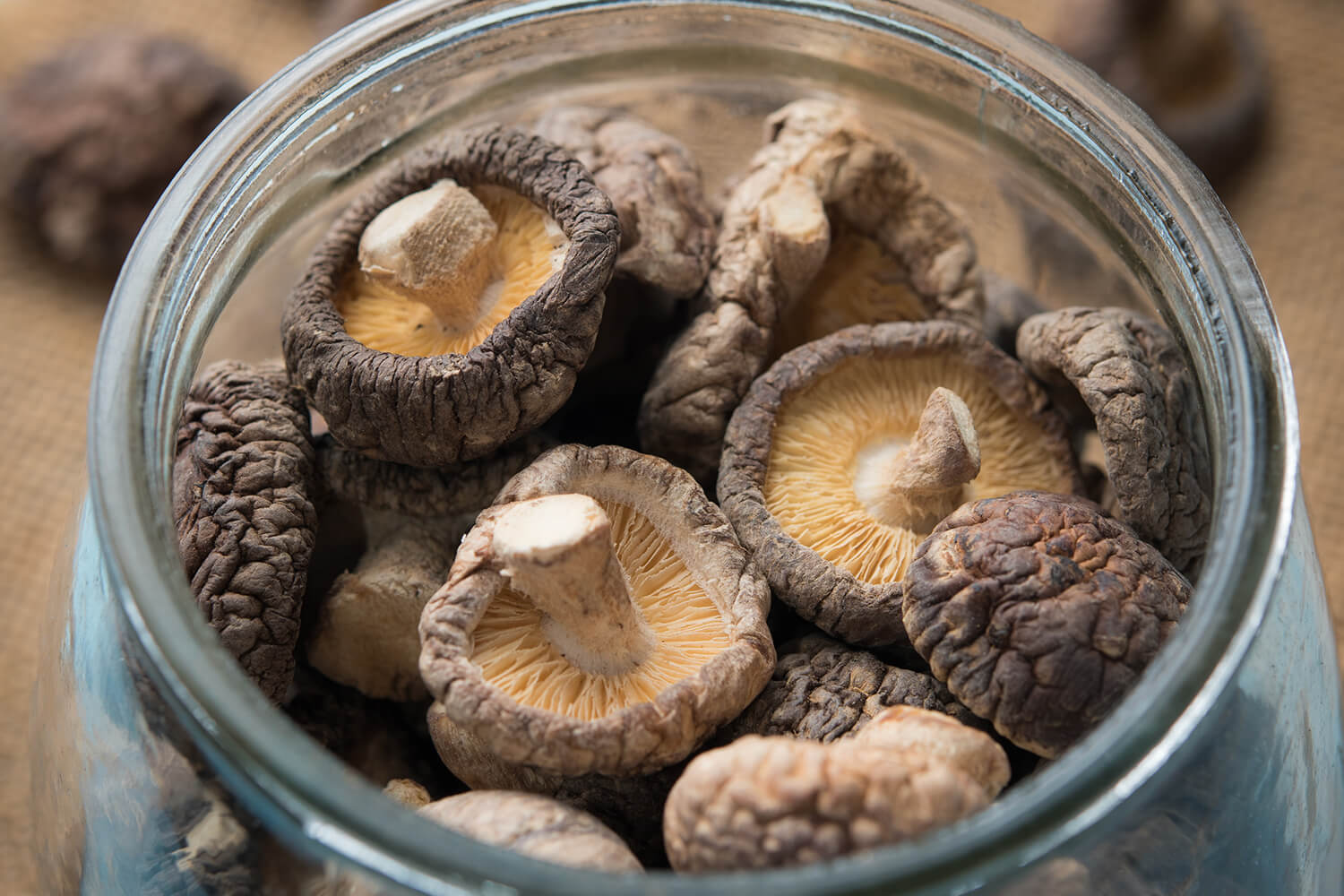
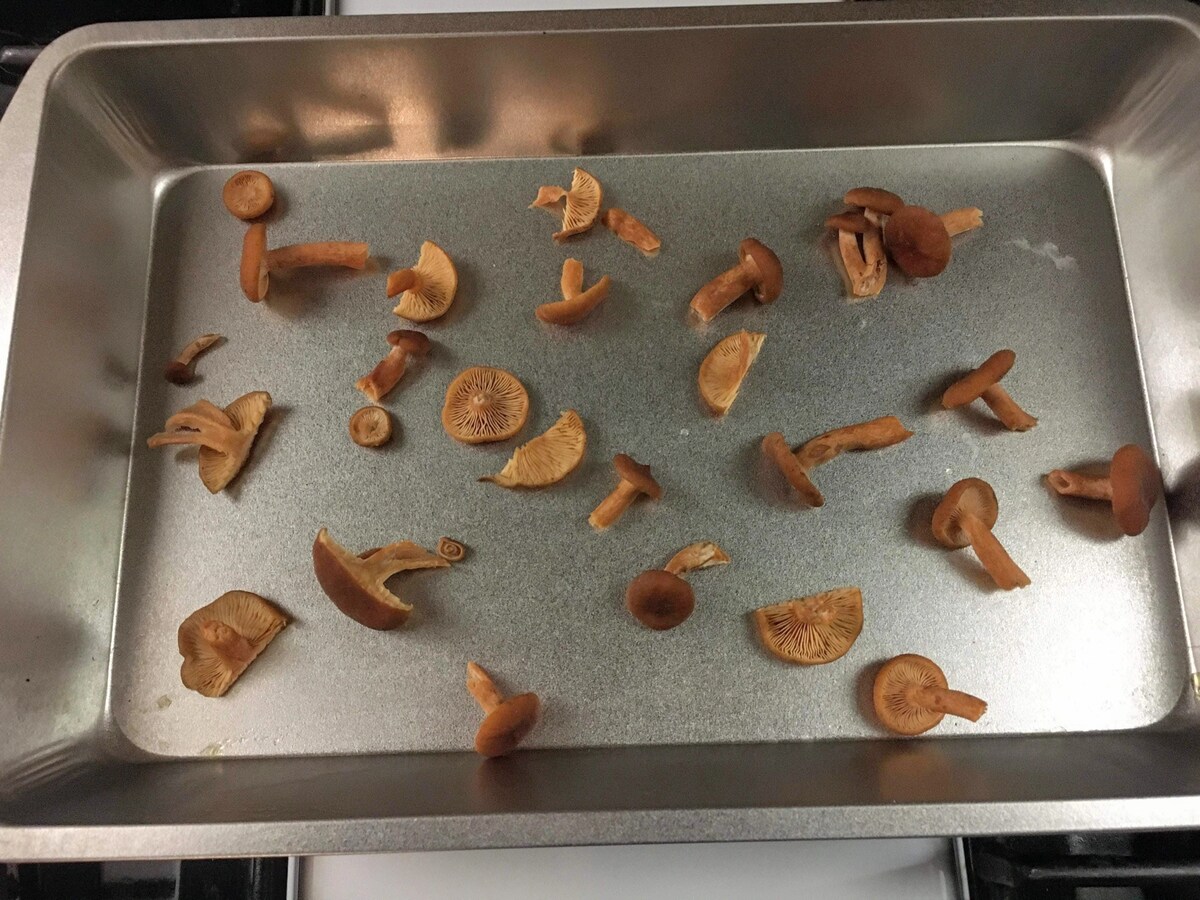
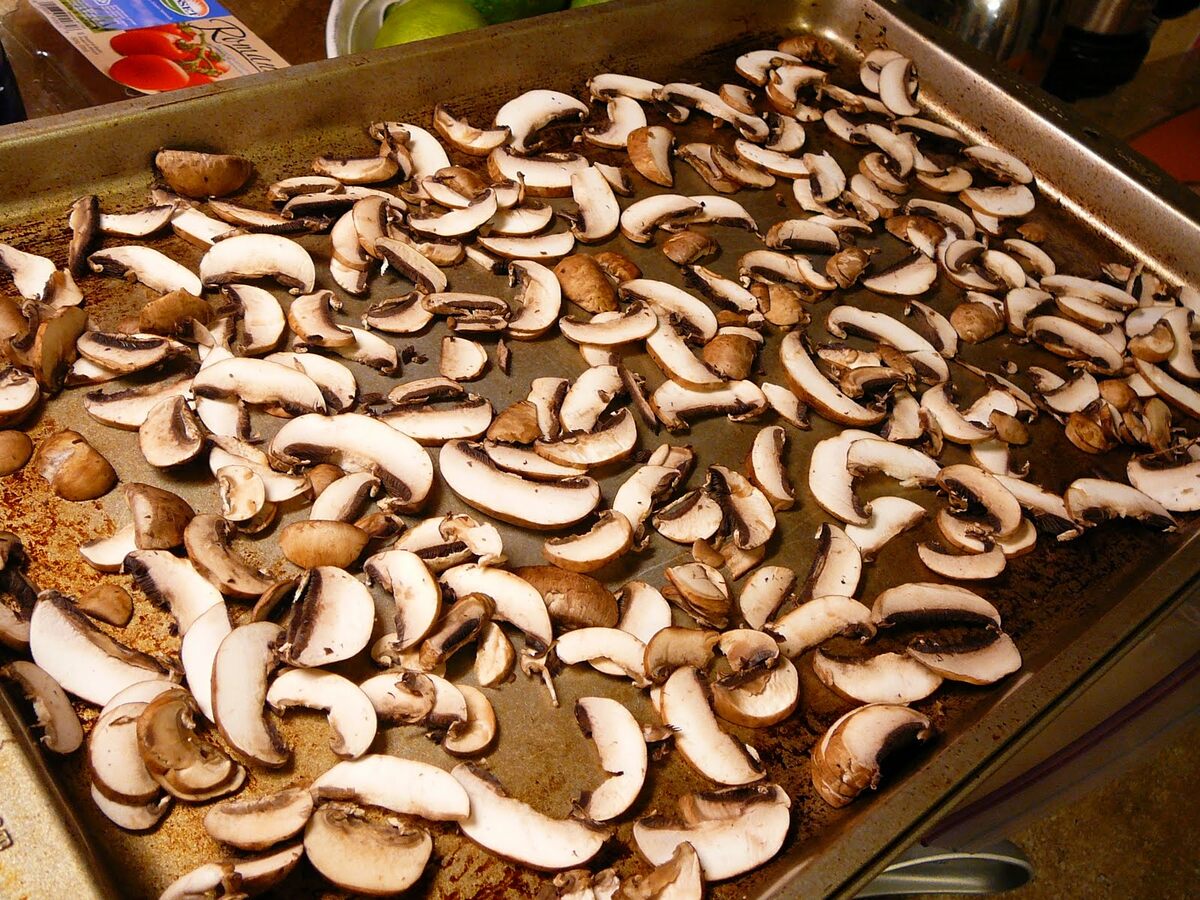
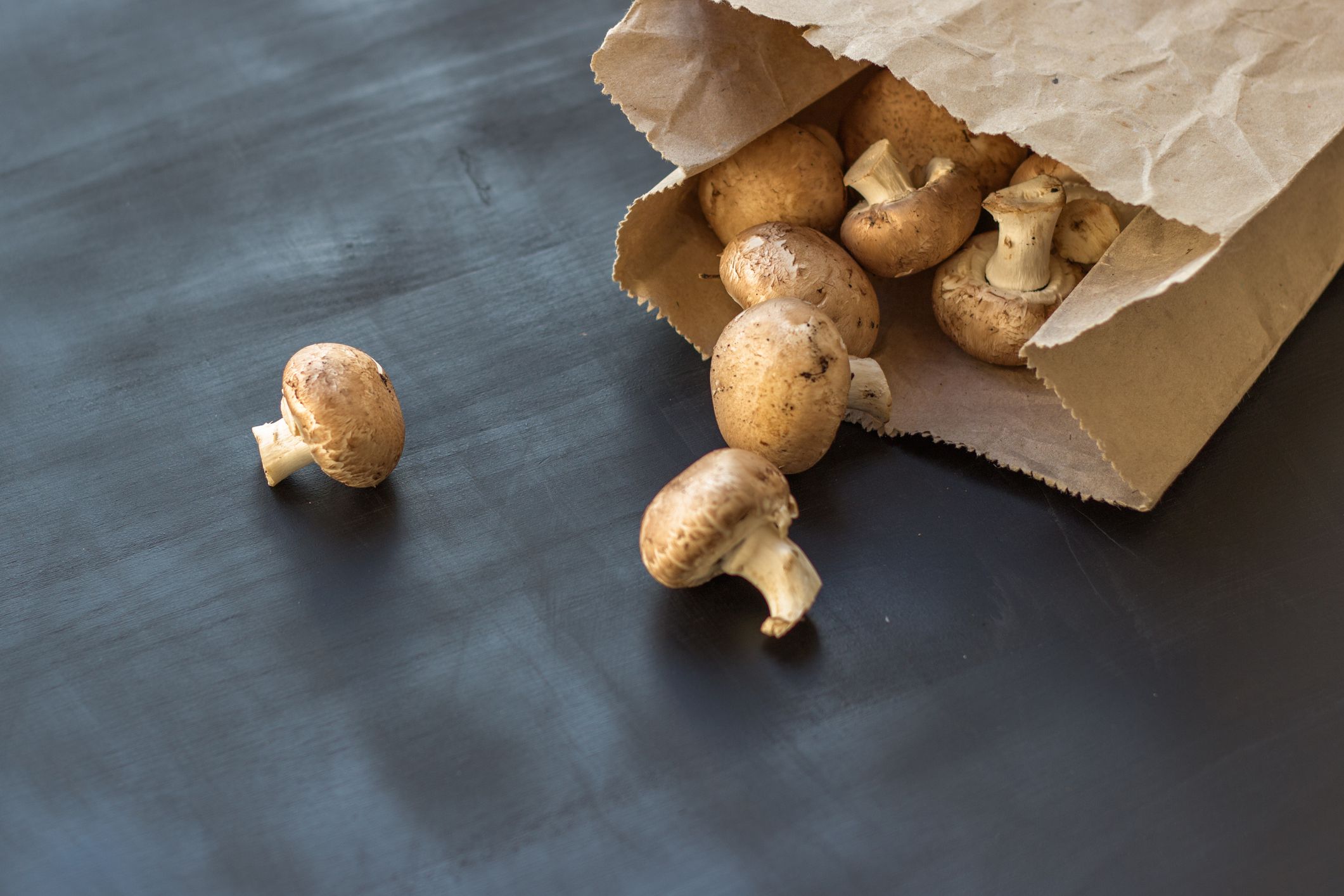
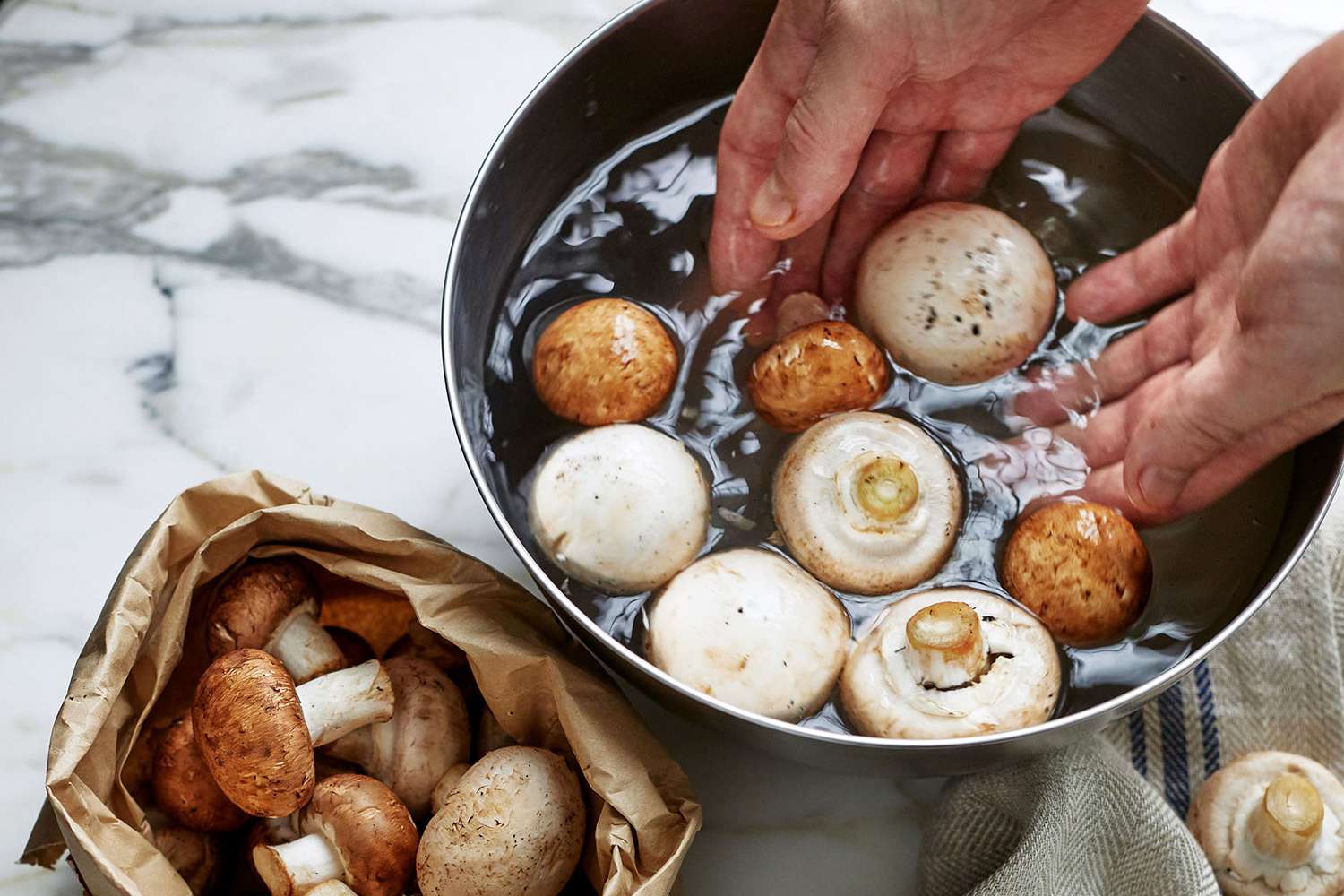
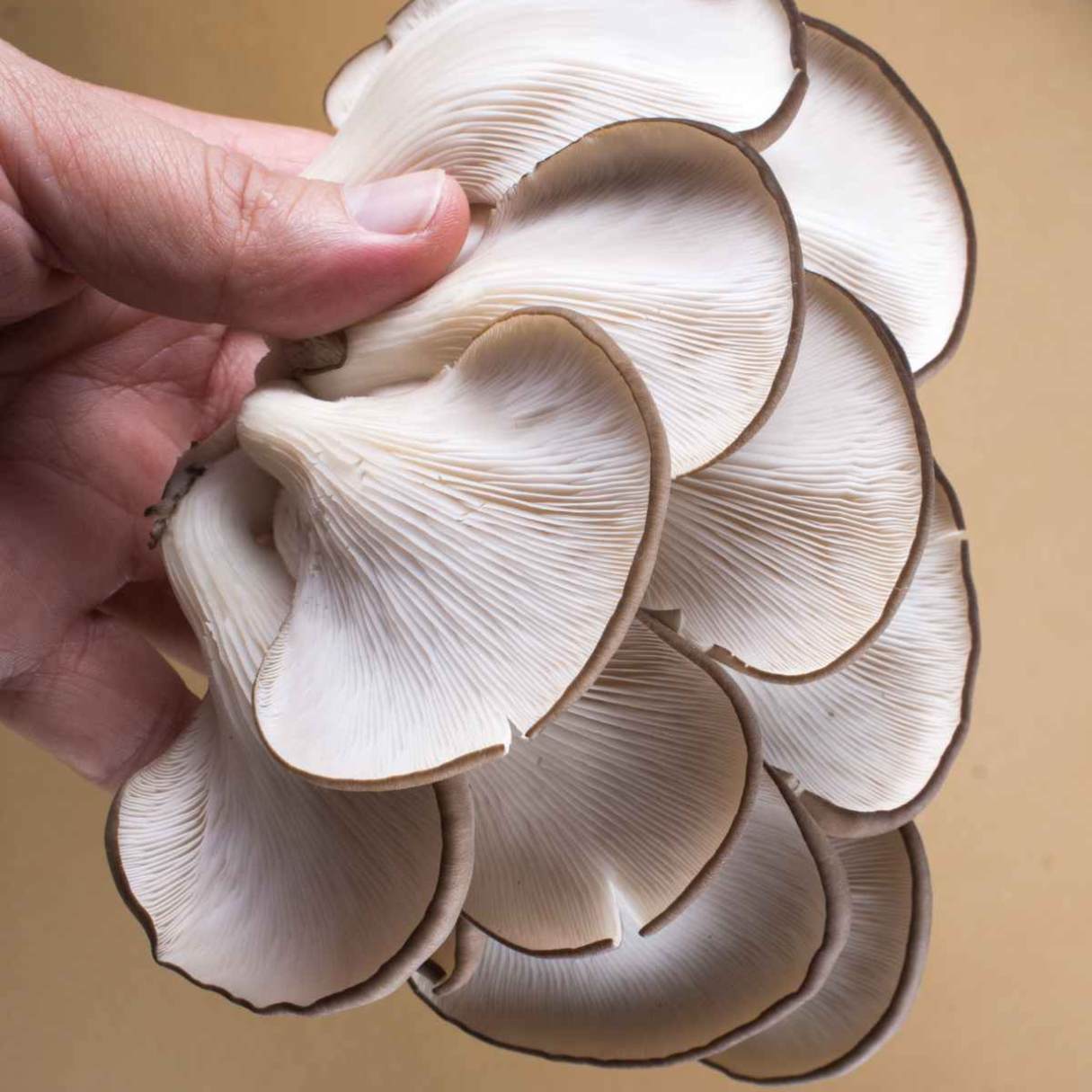
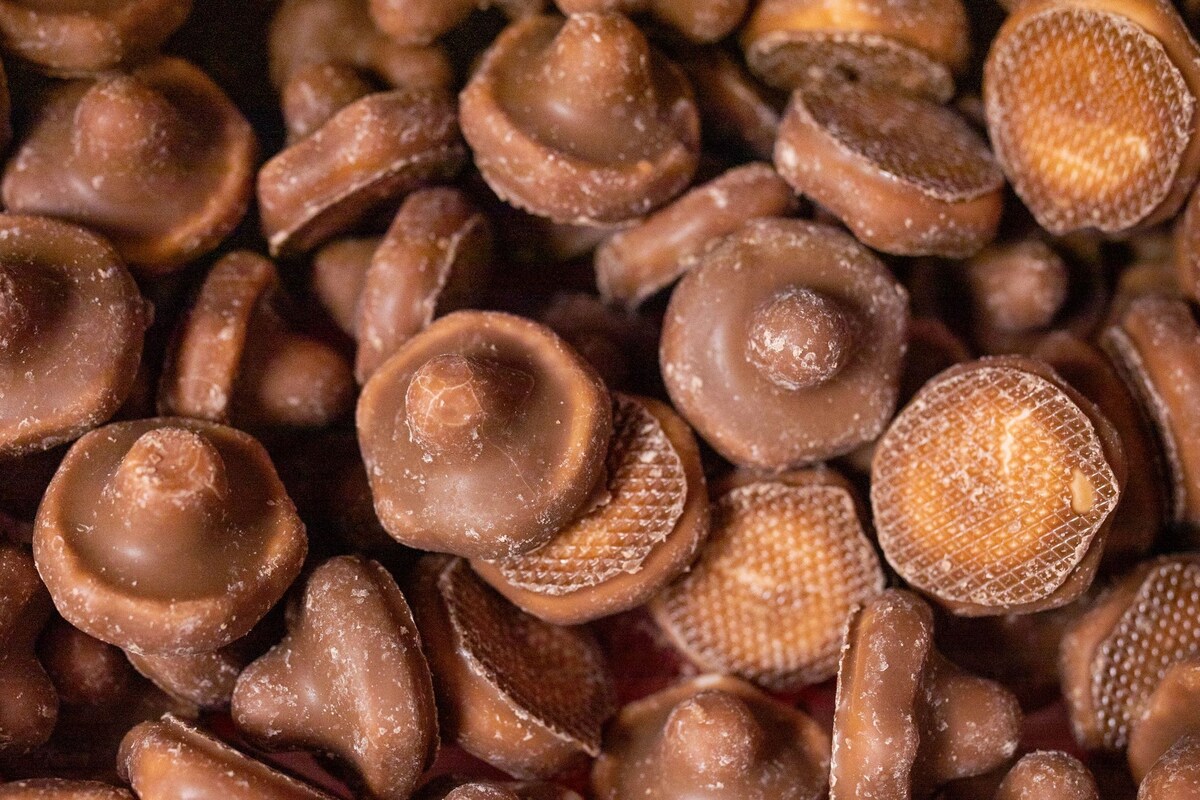
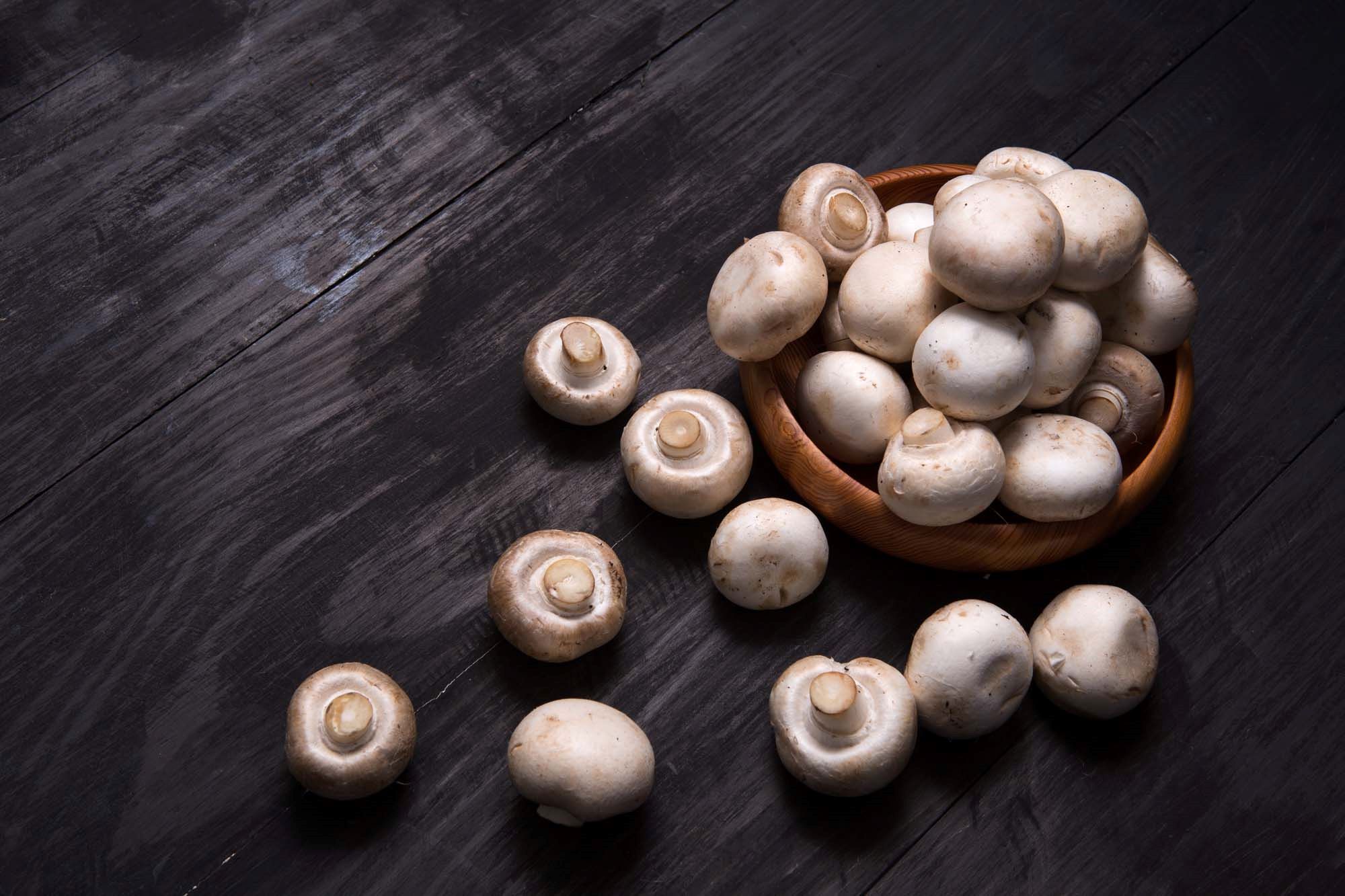
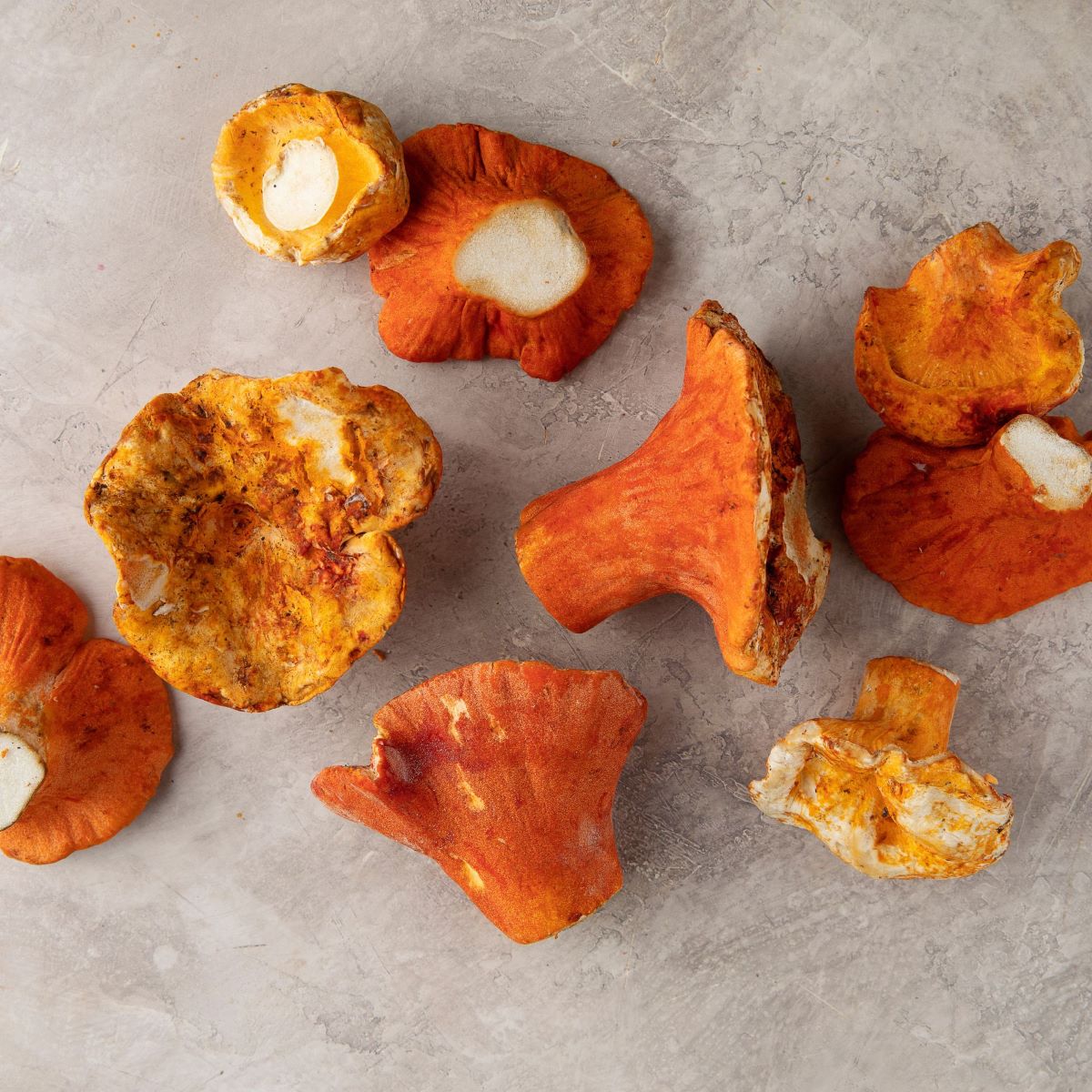
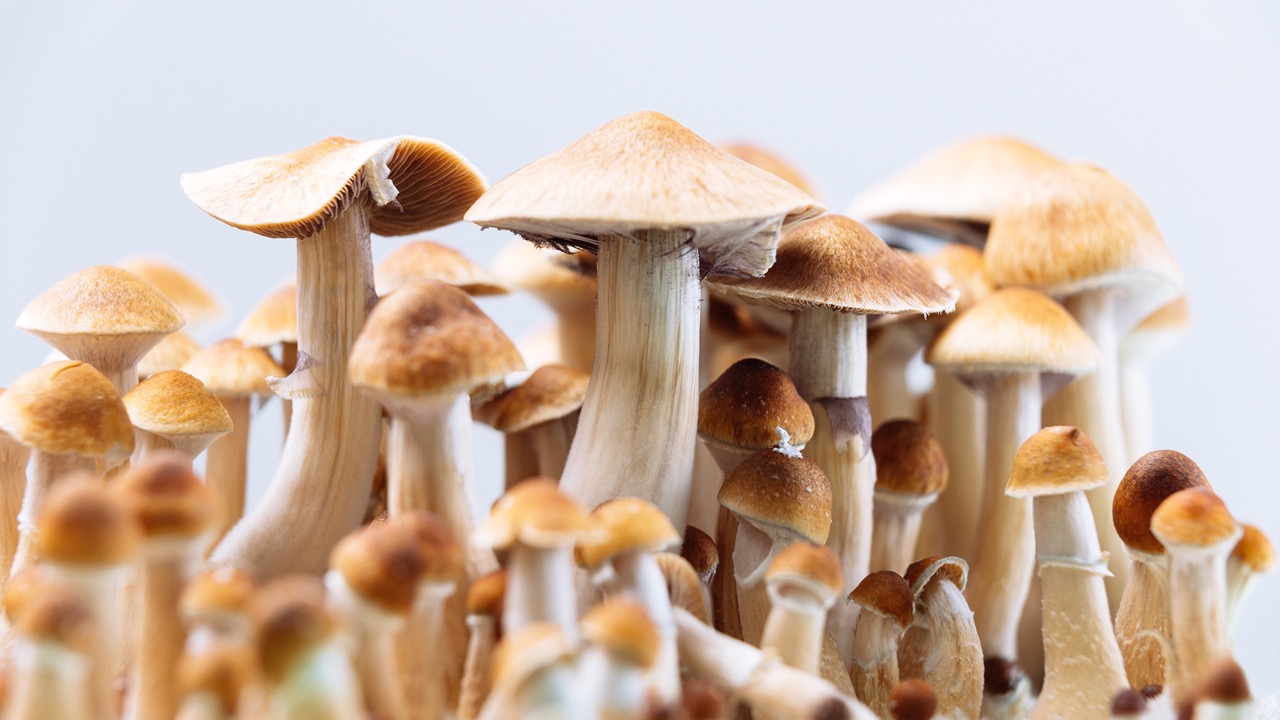
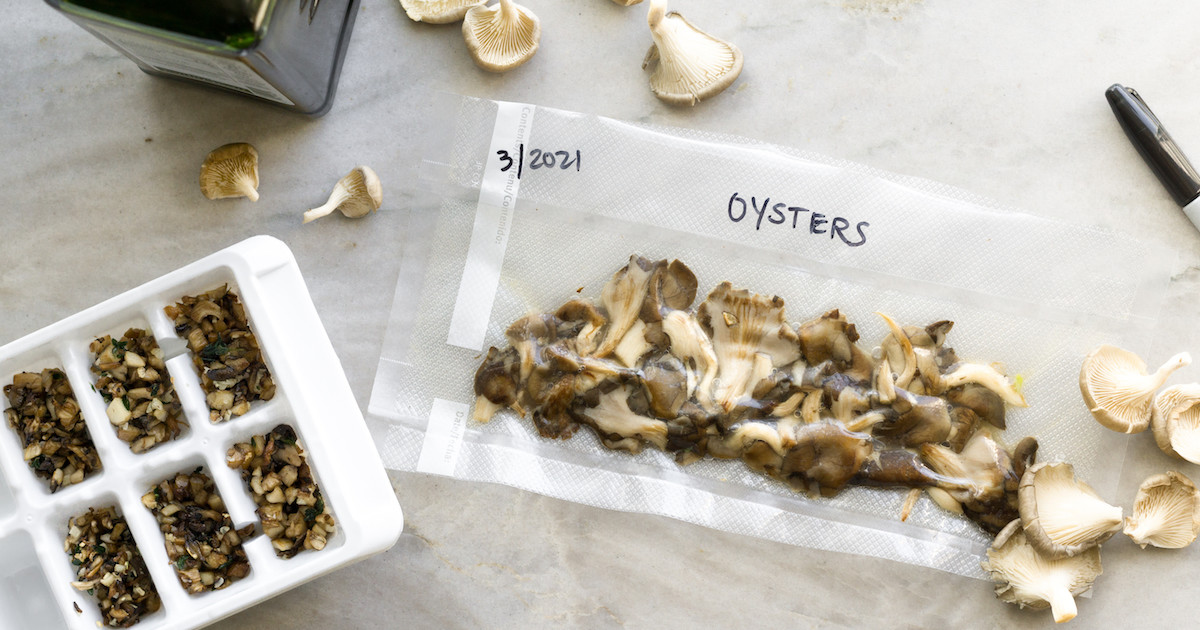
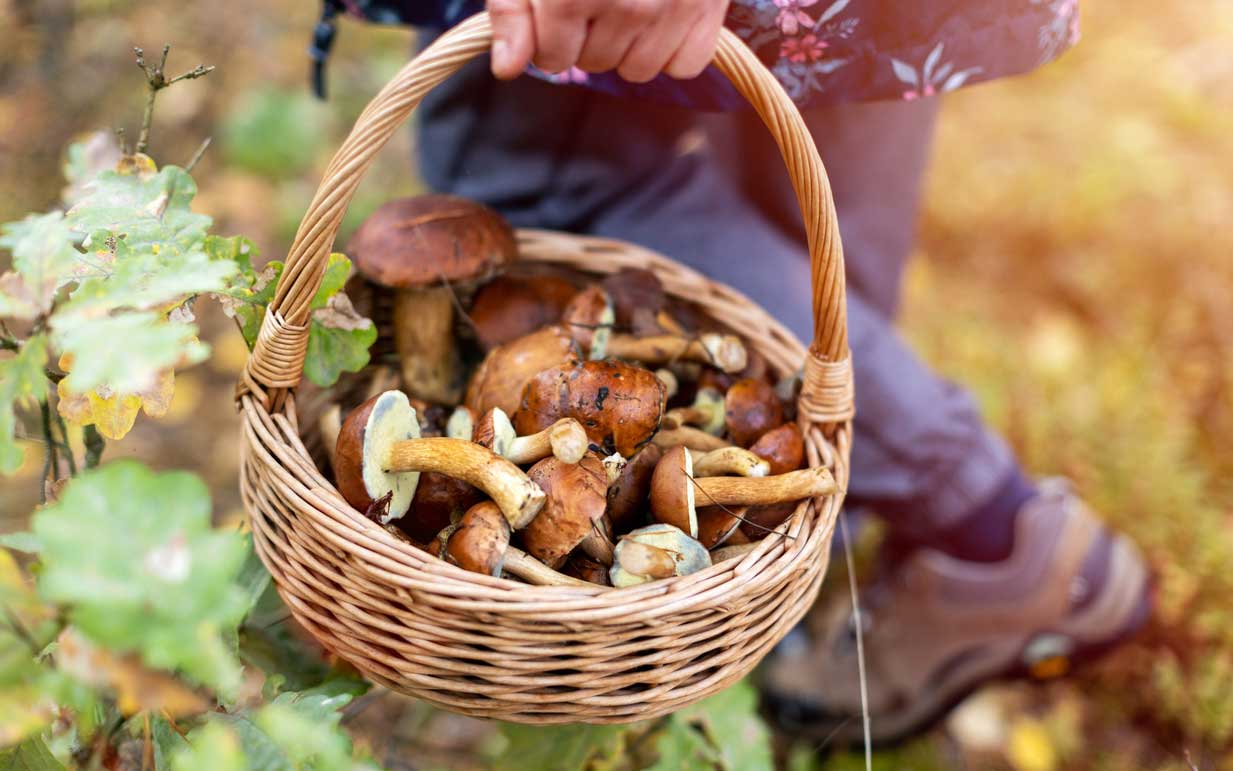
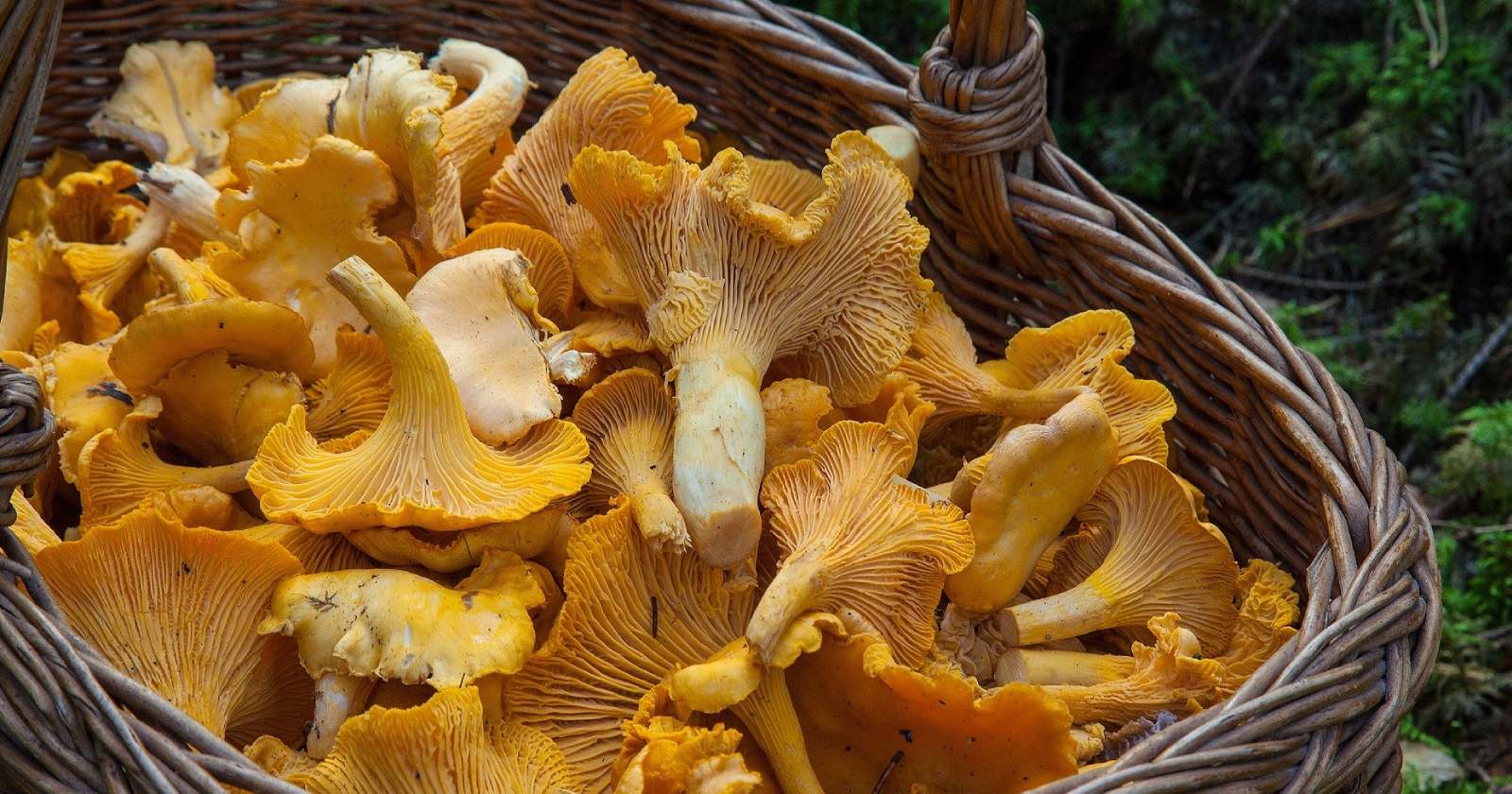

0 thoughts on “How To Store Dried Shiitake Mushrooms”